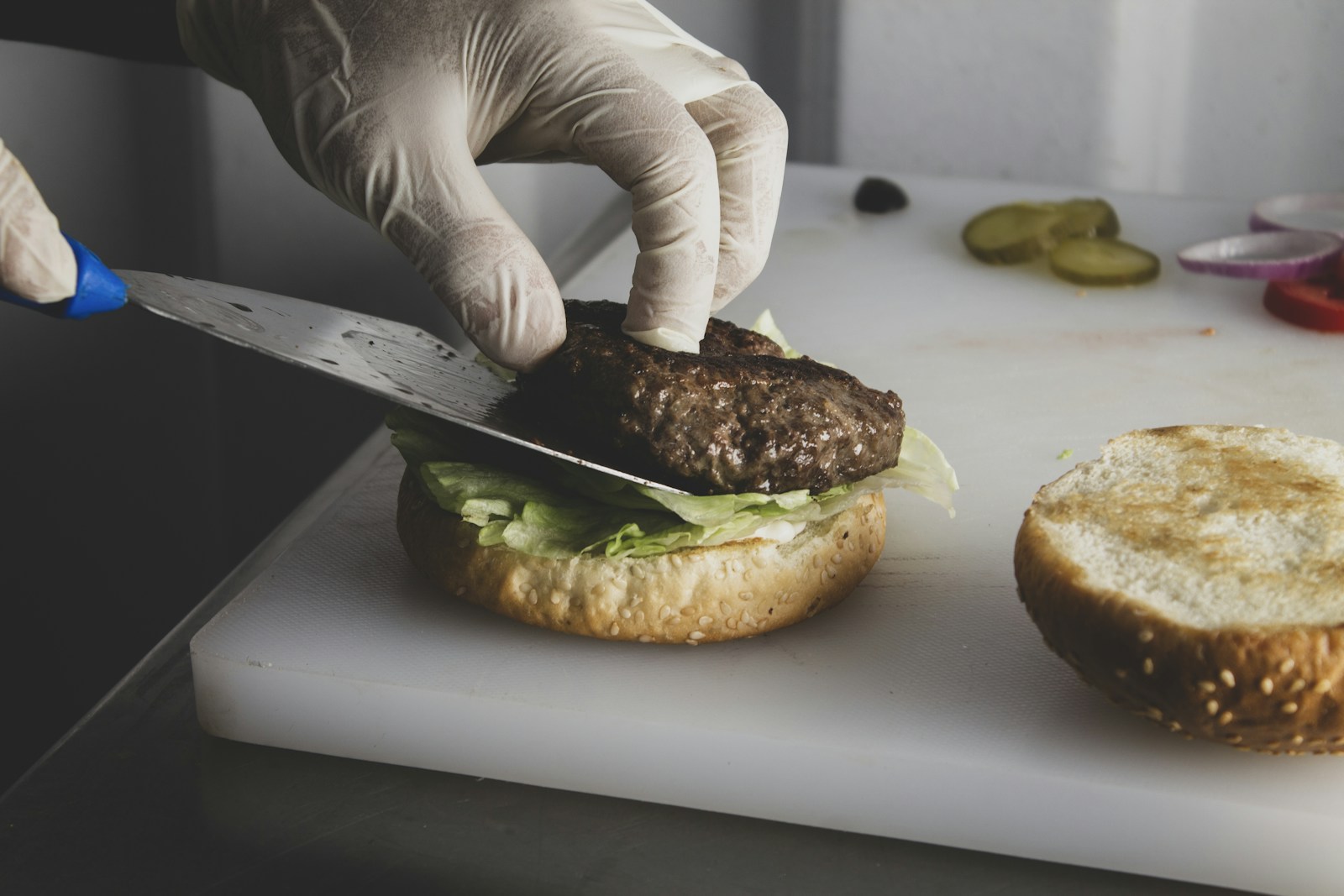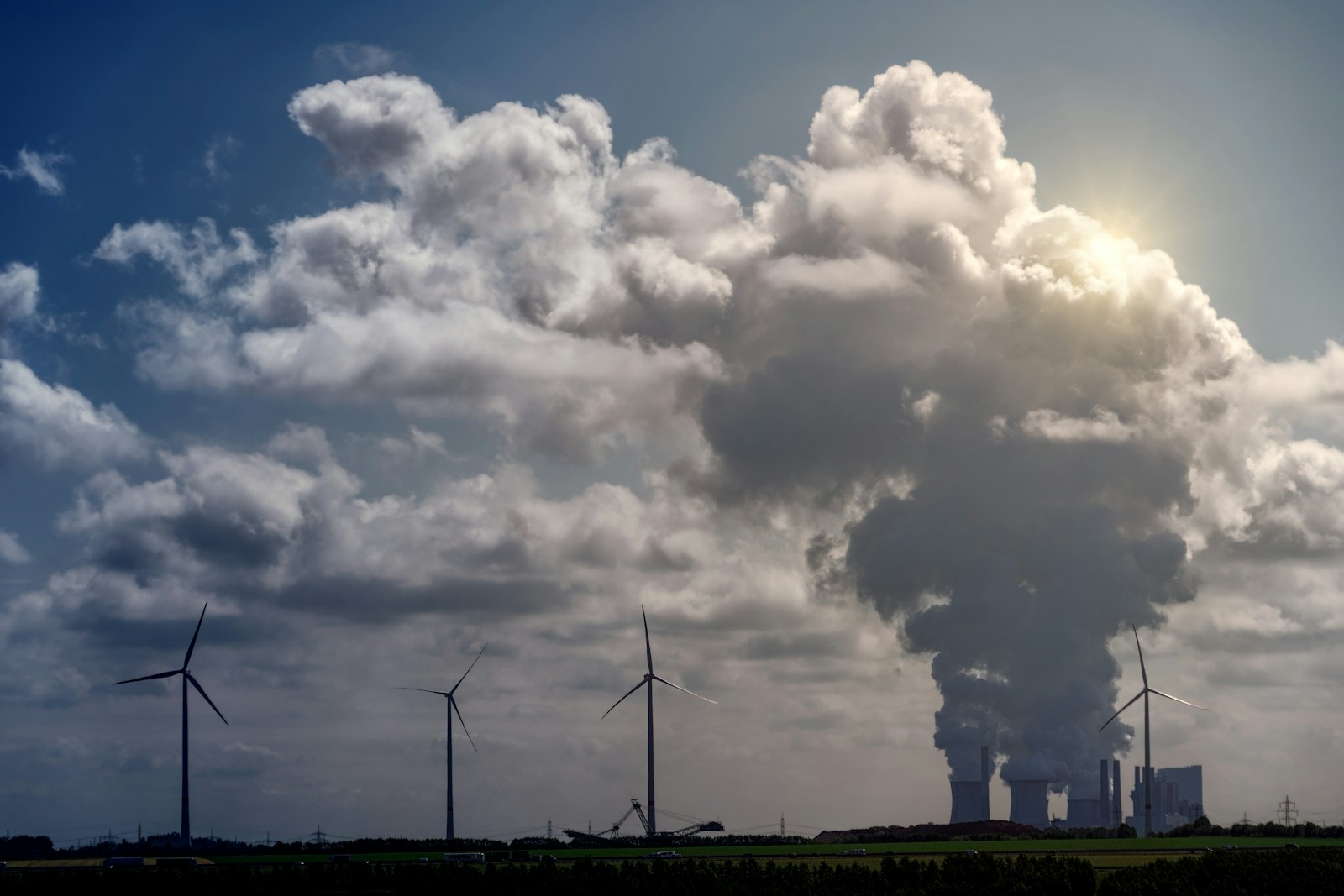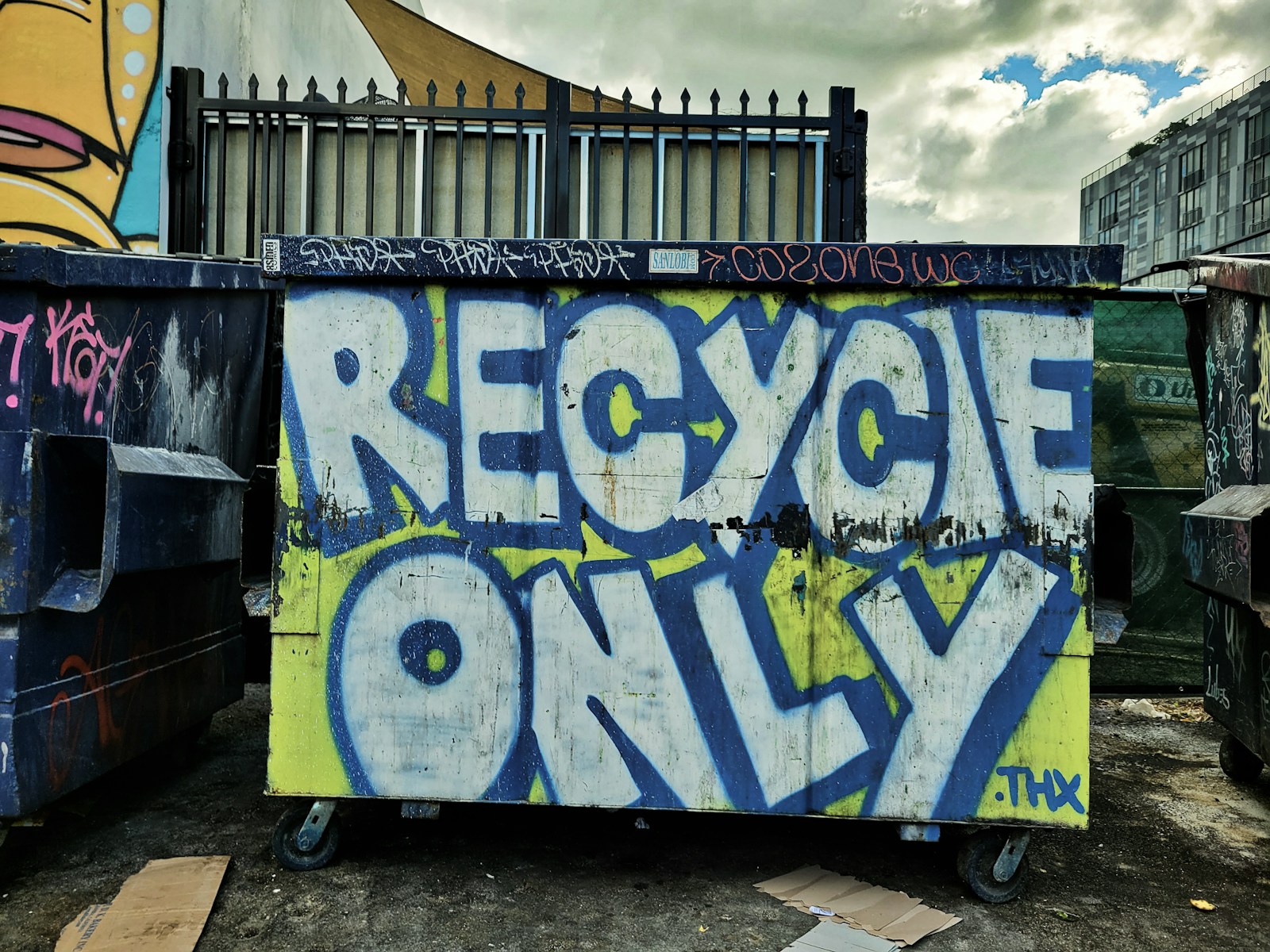The Burger in the Bioreactor: Unpacking the Sustainability Claims of Cultured Meat

The global appetite for meat is one of the single largest drivers of environmental degradation. Animal agriculture is responsible for a significant chunk of global greenhouse gas emissions, is a leading cause of deforestation, and consumes vast amounts of land and water. For decades, the proposed solutions have been plant-based alternatives or simply eating less meat. But a new, far more technologically ambitious solution is now on the table: cultured meat. Also known as cultivated, lab-grown, or cell-based meat, it is genuine animal meat produced by cultivating animal cells directly, entirely outside of an animal. It’s a concept straight out of science fiction, promising the sizzle of a real burger without the farm. But as this technology moves from the lab to the market, it's time to critically examine its sustainability claims.
The process of creating cultured meat is a feat of biotechnology. It starts with harvesting a small sample of stem cells from a living animal, a process that is largely harmless. These cells are then placed in a bioreactor, essentially a large stainless-steel tank, and fed a nutrient-rich brew called a growth medium. This medium contains the same building blocks an animal needs to grow tissue: amino acids, vitamins, sugars, and growth factors. In this controlled environment, the cells proliferate and differentiate into muscle and fat, eventually forming a mass of tissue that can be harvested and formed into products like burgers, sausages, and chicken nuggets.
The potential environmental benefits are enormous. Proponents point to life-cycle analyses that project cultured meat could use up to 99% less land and 96% less water than conventional beef production. Because the process is contained and controlled, there is no manure to manage, eliminating the methane emissions from cattle and the nutrient runoff that pollutes waterways. The risk of foodborne illnesses like E. coli and Salmonella could be virtually eliminated. From an animal welfare perspective, the argument is even clearer: it offers a way to produce meat without confining and slaughtering billions of animals.
However, the journey from a promising projection to a sustainable reality is complex. The single biggest challenge facing cultured meat is energy consumption. The process of growing cells in a bioreactor is extremely energy-intensive, requiring precise temperature control and sterilization. Early studies suggest that the energy footprint of cultured meat production could be significantly higher than that of conventional chicken or pork, and potentially even beef, if the energy source is not clean. The sustainability of cultured meat is therefore inextricably linked to the decarbonization of the electricity grid. If the bioreactors are powered by solar and wind, the climate benefit is clear. If they are powered by coal, the picture is far murkier.
Another major hurdle is the growth medium. The most effective and commonly used medium today contains fetal bovine serum (FBS), a product harvested from the fetuses of pregnant cows during slaughter. The reliance on FBS is an ethical and economic deal-breaker for the industry, and companies are racing to develop effective, plant-based alternatives. The cost and scale of producing these complex, pharma-grade nutrients without FBS remain one of the biggest unsolved engineering challenges.
Finally, there is the question of scale. Moving from producing small quantities in a lab to manufacturing millions of tons of meat in massive bioreactors is a monumental engineering task that has never been done before. The costs are still astronomically high, with a cultured burger costing many times more than its conventional counterpart. Achieving price parity with traditional meat will require massive breakthroughs in bioreactor design, medium formulation, and production efficiency.
Cultured meat is a technology with the potential to be truly revolutionary. It could fundamentally change our relationship with food and solve some of the planet's most pressing environmental problems. But it is not a silver bullet. Its ultimate sustainability will depend on a series of critical engineering and scientific breakthroughs, and on its integration with a fully decarbonized energy system. The burger in the bioreactor is a tantalizing vision of the future, but there is a long and uncertain road to travel before it becomes a sustainable dinner.



